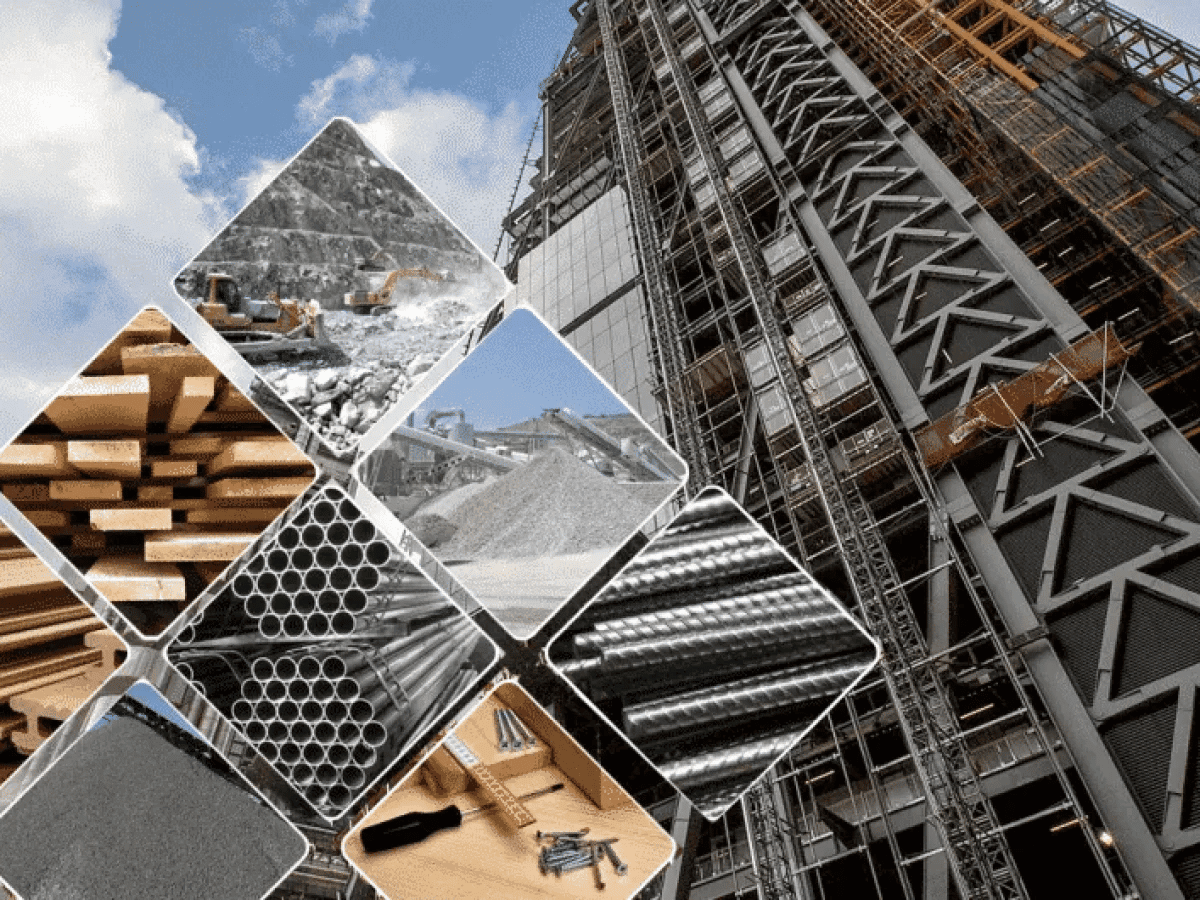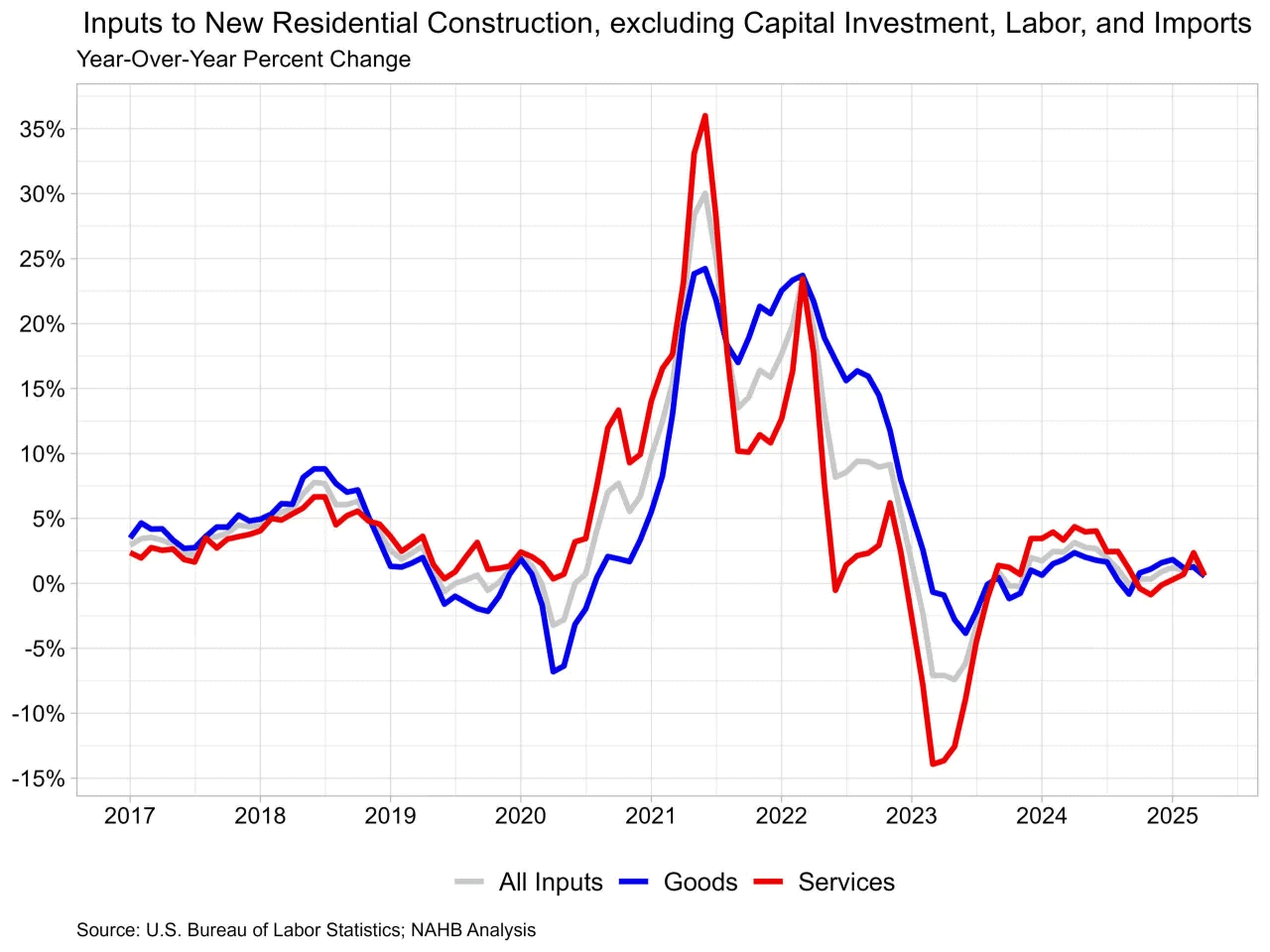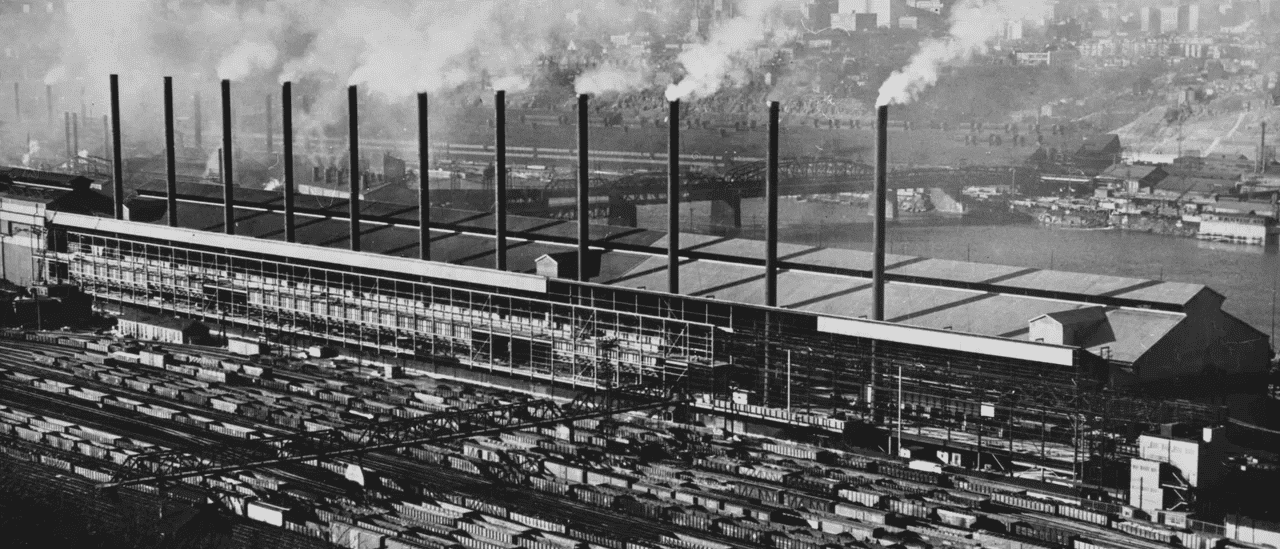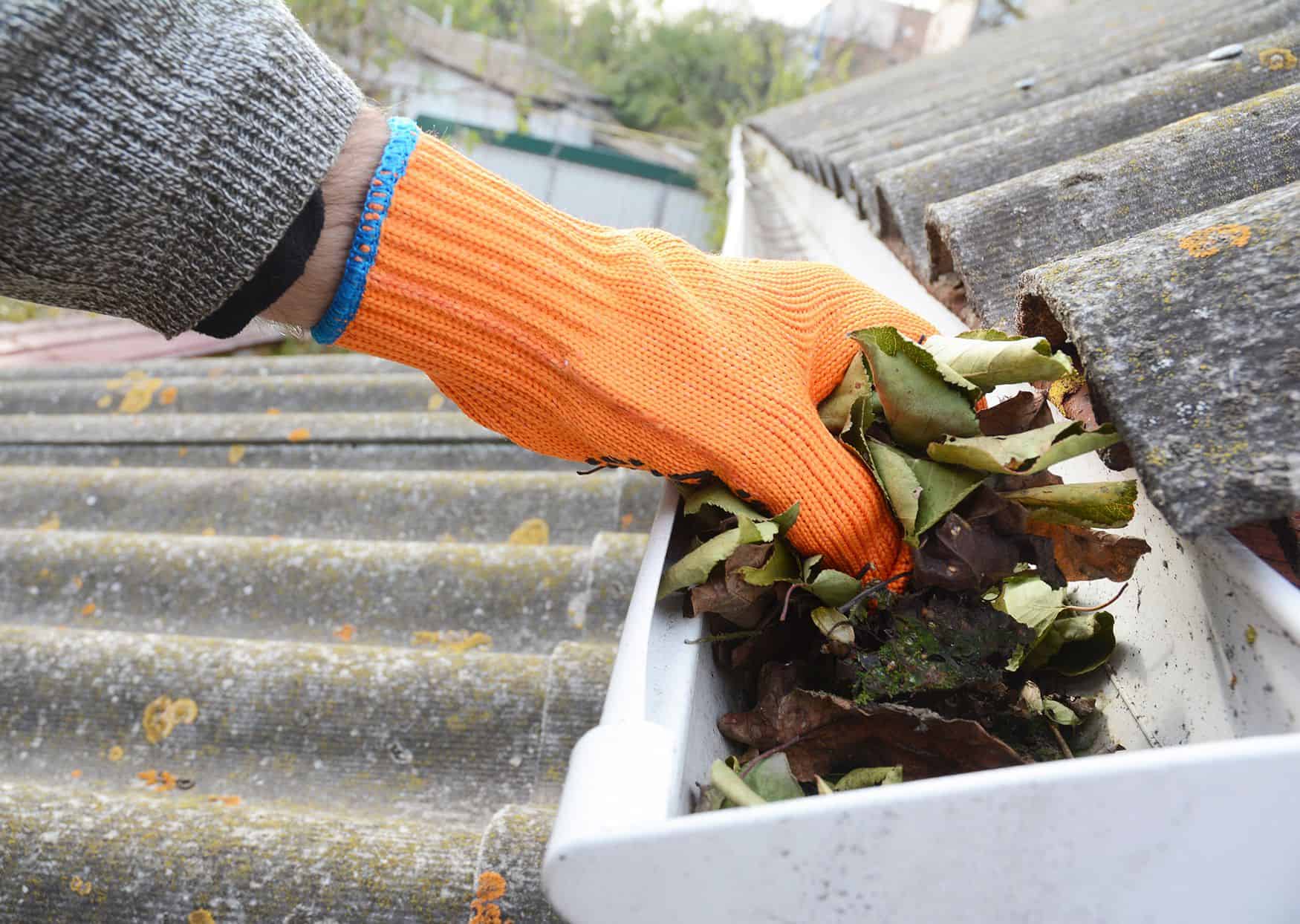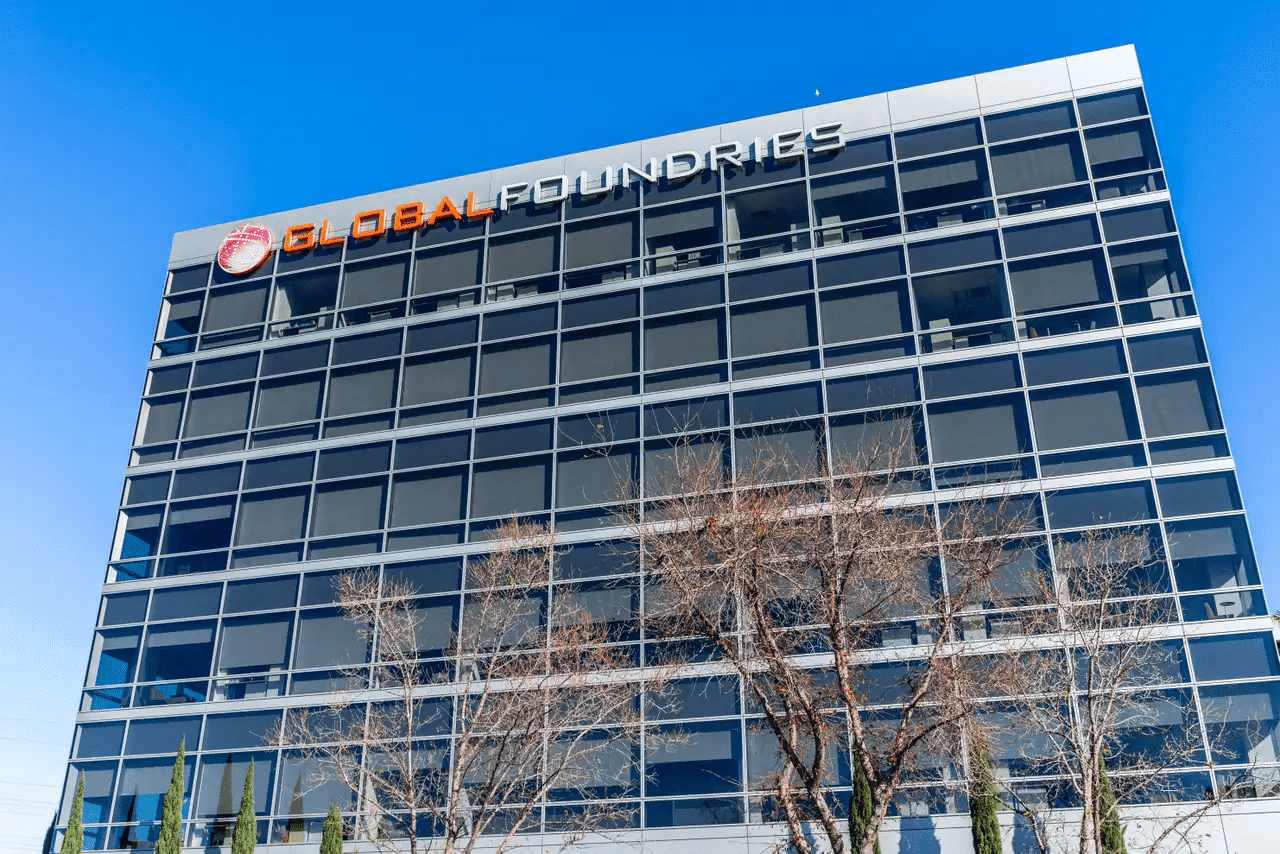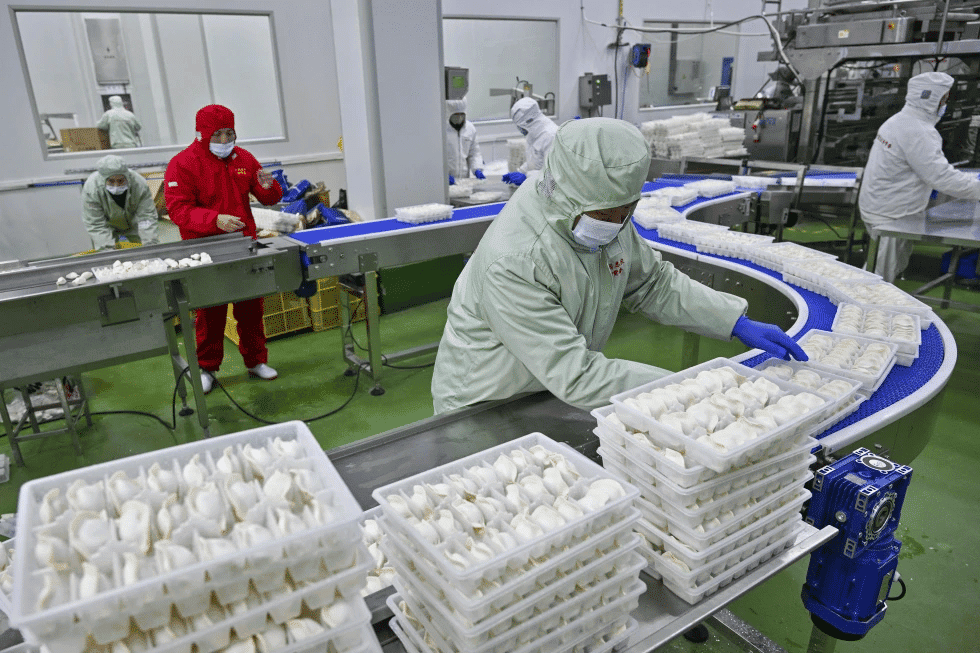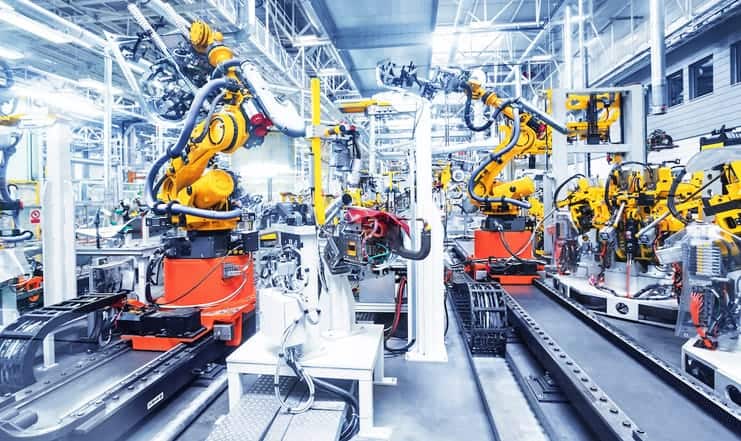
Steel is a strong, versatile metal used across a broad range of applications. Its strength comes from alloying iron with other elements like chromium, nickel, molybdenum, and vanadium.
The steelmaking process begins with raw materials like iron ore and metallurgical coal. These are loaded into a blast furnace and heated to high temperatures, causing chemical reactions that transform them into liquid pig iron.
The Blast Furnace
Iron is a metal with many uses, but it needs to be separated from oxygen and a little bit of carbon to be strong. This is done in either a blast furnace or an Electric Arc Furnace (EAF).
In a vertical “blast furnace” iron ore and coke are loaded together into a stack with air forced through it from above. The oxygen heats and burns the coke to produce Carbon Monoxide which chemically reduces the iron oxides in the ore to form a low melting eutectic of 6% Carbon called Pig Iron.
The Limestone flux in the ore reacts with the hematite Fe2O3 to form a low melting mixture of calcium silicates called Slag which floats on top of the molten pig iron. The slag is tapped off at regular intervals and the molten iron is allowed to drip through a hole in the bottom of the furnace [the hearth]. The slag is used as raw material for cement production. Coke is used to generate the heat in the lower part of the blast furnace and is now being replaced with natural gas to reduce carbon dioxide emissions.
The Convertor
Steel is one of the most abundant materials in our world, a vital component of cars and homes as well as many other products. Most steels are alloys of iron with carbon, nickel, chromium, manganese and molybdenum, as well as tin and other metals, to produce specific material properties like strength or durability.
All steels contain a varying percentage of carbon, which helps the iron to form strong, durable molecular structures that make it strong and flexible. These structural traits are vital in all types of manufacture.
The blast furnace method of manufacturing steel is the most common industrial method. The large cylinder-shaped furnace is lined with heat-resistant bricks and is loaded with a mixture of raw materials, including iron ore, coal and coke. The furnace is then blown with oxygen, which heats the raw materials and chemically reduces them into molten iron.
This liquid metal, called molten pig iron, contains a high concentration of carbon and other impurities, which must be reduced before it can become pure steel. To do this, recycled or scrap steel is added to the molten iron in a converter. The steel is blown with oxygen, which burns off the carbon and alumina (slag) is produced as a byproduct.
The Hot Rolling Furnace
Steel is used in all kinds of ways in people’s everyday lives. It is found in cars, buildings, fencing, nails and much more. It is made from iron and carbon melted at high temperatures then shaped into its final form. The way it is shaped depends on what it is going to be used for.
The first step in steel production is to turn the iron ore into liquid pig iron. This is done by blasting furnaces using oxygen to react with the iron to reduce its carbon content. It also helps the iron to melt faster and more efficiently.
The pig iron is then refined to make it into steel through further heating and reacting with other elements. The iron may then be rolled to create multiple forms of steel. One common type of steel is called mild steel, which is mainly used in construction and manufacturing. It is made of molten steel cast into cooled moulds and then shaped to give it its desired shape. It is then cold rolled or hot rolled to produce the required finished products.
The Cold Rolling Furnace
Steel is used in a variety of applications, from building structures and tools to automobiles, airplanes, and more. To make it useful for these different purposes, it must undergo several processes to shape and compress it into a thin sheet of metal. This process is called rolling. There are two types of rolling: hot and cold. Hot rolling involves heating the material, while cold rolling uses pressure and friction to shape materials at room temperature.
The first step in the cold rolled process is picking, which removes mill scale and rust from the surface of the steel. Once picked, the steel is sent to a continuous or tandem or reversing cold rolling mill for thickness reduction. These mills can have anywhere from five to six pairs of rolls in a row that each reduce the thickness by a percentage until a desired thickness is reached.
Tsubaki’s products are used in a variety of these rolling mills. Our high-quality rolling oils enable manufacturers to increase throughput by providing optimized lubrication that reduces energy consumption. This results in better surface quality, which in turn allows customers to reduce the number of passes through reversing mills while maintaining the demanded end product thickness.
Descaling
Steel is a vital part of the modern world. It’s used in cars, homes, buildings, skyscrapers, and more. It’s durable and strong, but also has many other characteristics that make it useful for industrial purposes, such as resistance to high and low temperatures.
The steelmaking process is a complex one, requiring several steps and using various raw materials. The first step is smelting, which involves heating iron ore to high temperatures and causing chemical reactions that transform it into liquid pig iron. This molten iron is then refined through additional heating and the addition of elements that deliver specific properties to the final product.
The modern steel industry utilizes a variety of sustainable practices and measures to minimize its environmental impact. For example, using scrap metal as a raw material instead of virgin iron ore reduces emissions and conserves energy. Other sustainable measures include promoting recycling and implementing energy efficiency technologies in the production plant. This results in lower energy costs and a safer work environment for workers. In addition, steelmakers use oxygen to remove impurities from the molten metal and make it more pure.













